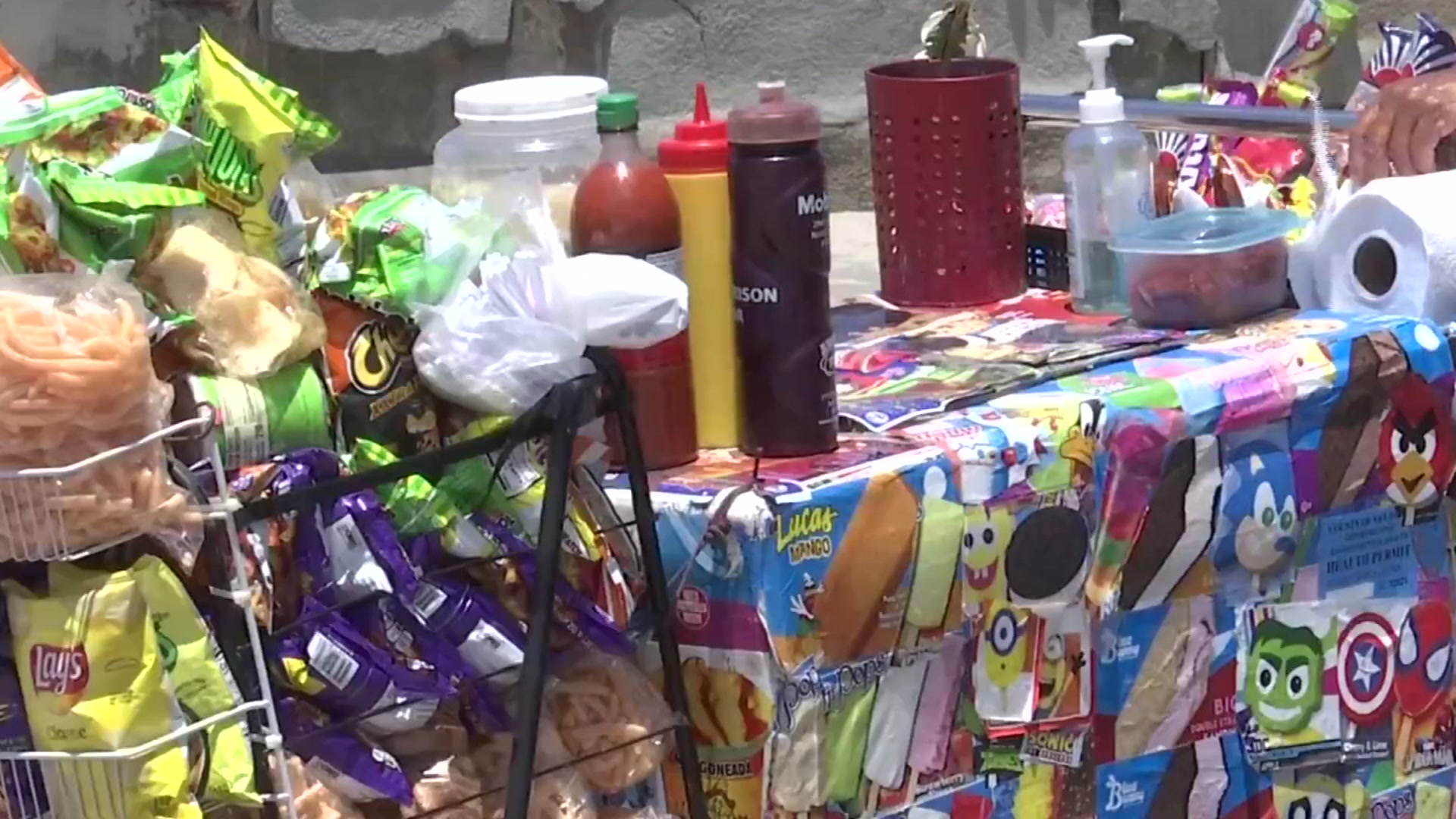Drought-plagued California could stretch its available water supply as much as 30 percent by making more effective use of existing resources, according to a new analysis released by the Pacific Institute and the Natural Resources Defense Council.
The study projects gleaning as much as 14 million acre-feet a year, enough to slake the thirst of every city in the state.
The water would be found by expanding use of such existing strategies as conservation, water recycling, rainwater capture, and more efficient agricultural irrigation techniques. Agriculture accounts for some three-fourths of the water consumed in the state.
"We have an unprecedented opportunity to do more with less, and we need to take every possible step to do so," said Robert Wilkinson, professor of environmental studies at UC Santa Barbara and
report co-author.
In January, after the driest calendar year in the state's history, Gov. Jerry Brown formally proclaimed a statewide drought emergency, and called on Californians to reduce water usage by 20 percent.
California
News from across California
"As climate change brings more extreme weather, including drought, ramping up forward thinking solutions now will help us be more resilient," said Peter Gleick, president of the Pacific Institute, in a statement issued in conjunction with the report, entitled The Untapped Potential of California's Water Supply. "With widespread adoption of available water conservation and efficiency improvements, demand can be met more readily, less expensively, and with less pressure on our tapped-out rivers and groundwater basins."
Since the early 20th century, sustaining Southern California's population growth and agricultural industry has required importing water from the Colorado River and from the Central Valley's Sacramento and San Joaquin rivers. Importing water was intended to reduce the drawing down of groundwater, but in an average year, California consumes 1 to 2 million more acre-feet of groundwater than is replenished, the drawdown even more severe in drought years, the study found.
Desalination remains an option for acquiring drinking water from the ocean, but because the existing technology is so energy-expensive, desalinated water is far more expensive than water from other sources.
Major water districts have long advocated conservation, and for decades have encouraged the installation of low-flow shower heads and toilets that require less water to flush. As those features have become widespread, water districts are seeing diminishing conservation returns. The next big leap in conservation gains will require homeowners to replace grass lawns with artificial turf, drought-tolerant plants, or other less thirsty alternatives.
The West Basin Municipal Water District, Los Angeles County Sanitation, and the Orange County Water District, among others, have expanded recycling plants, which remove contaminants from sewage, the resulting filtered water being used mainly to replenish ground water. It cannot be put directly into municipal water systems, so called "Toilet to tap" not permitted under California law.
The study's authors believe recycling can be expanded further.
"Our current approach to water use is unsustainable, but that doesn't mean there isn't enough water to met our needs," said Kate Poole, senior attorney with the NRDC's water program.
Though the strategies advocated by the report are widely accepted, there is some skepticism that the projected gains are attainable without enormously expensive investment. The study offers no cost estimates.
The study's perhaps most controversial section deals with the Sacramento - San Joaquin River Delta, from which millions of acre-feet of water are diverted to the San Joaquin Valley and Southern California. The study contends California, on average, diverts five million more acre-feet than is needed to preserve the Delta's ecosystem, and calls that the major component in a "water deficit."
Others contend court decisions limiting diversions have given too much weight to environmental concerns, to the point of hurting agriculture and municipal water supplies. During this drought year, growers have fallowed hundreds of thousands of acres of San Joaquin Valley farmland irrigated in years past by water from the Delta.
A plan supported by Gov. Brown would build new twin tunnels beneath the tunnel to deliver water south. It is now undergoing environmental impact review. The NRDC has opposed the governor's plan as now outlined as too aggressive, suggesting one tunnel would do.



